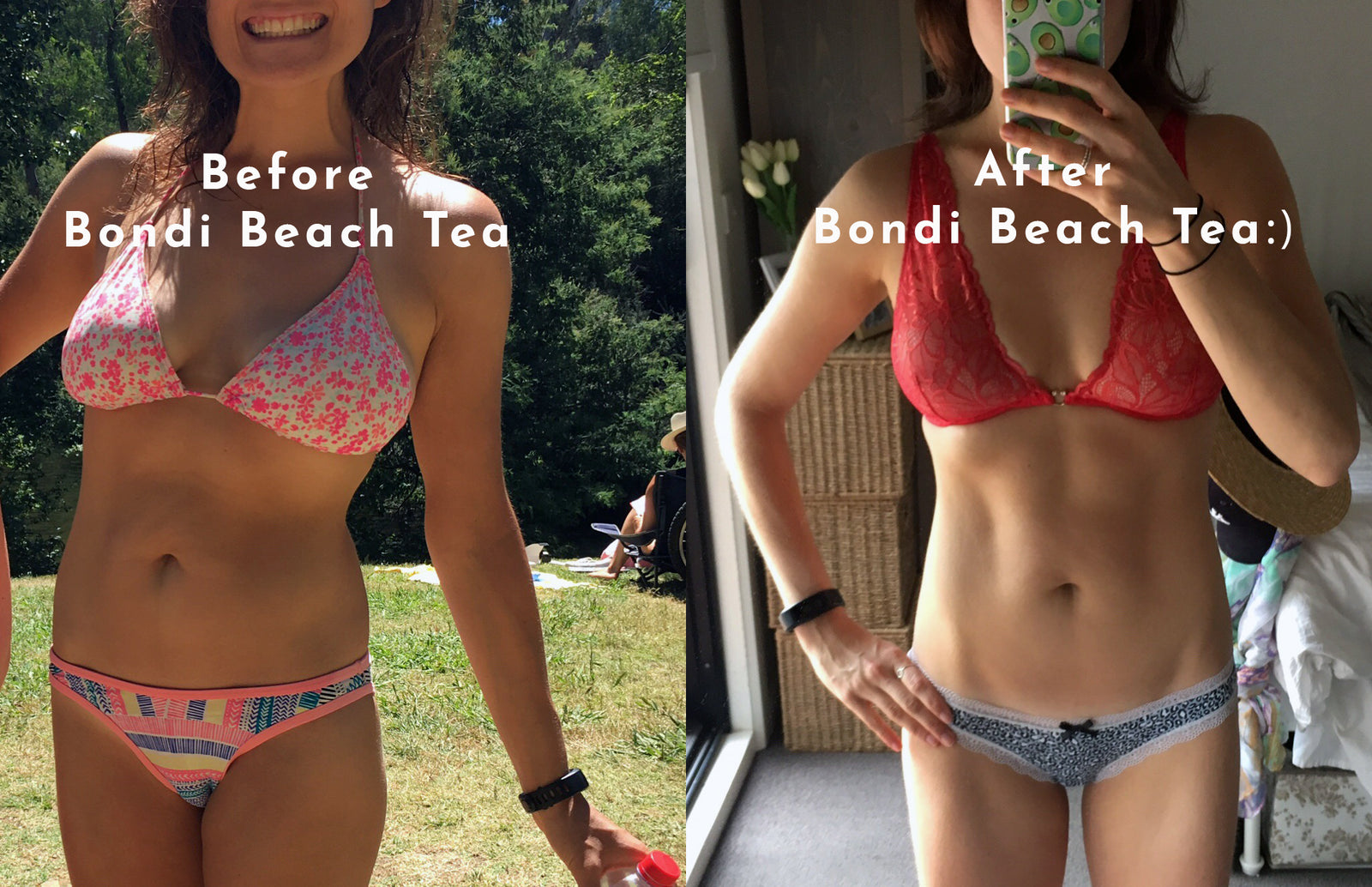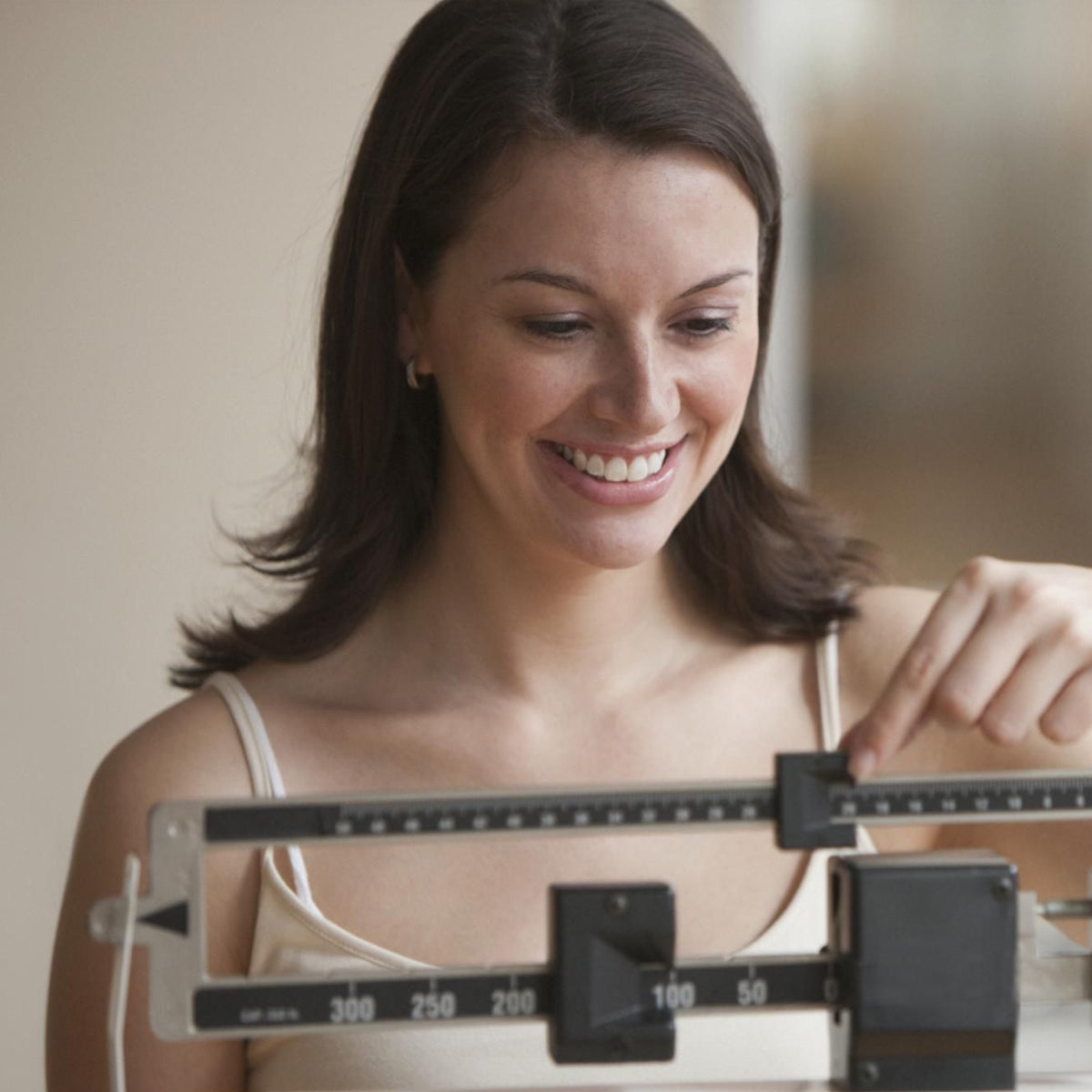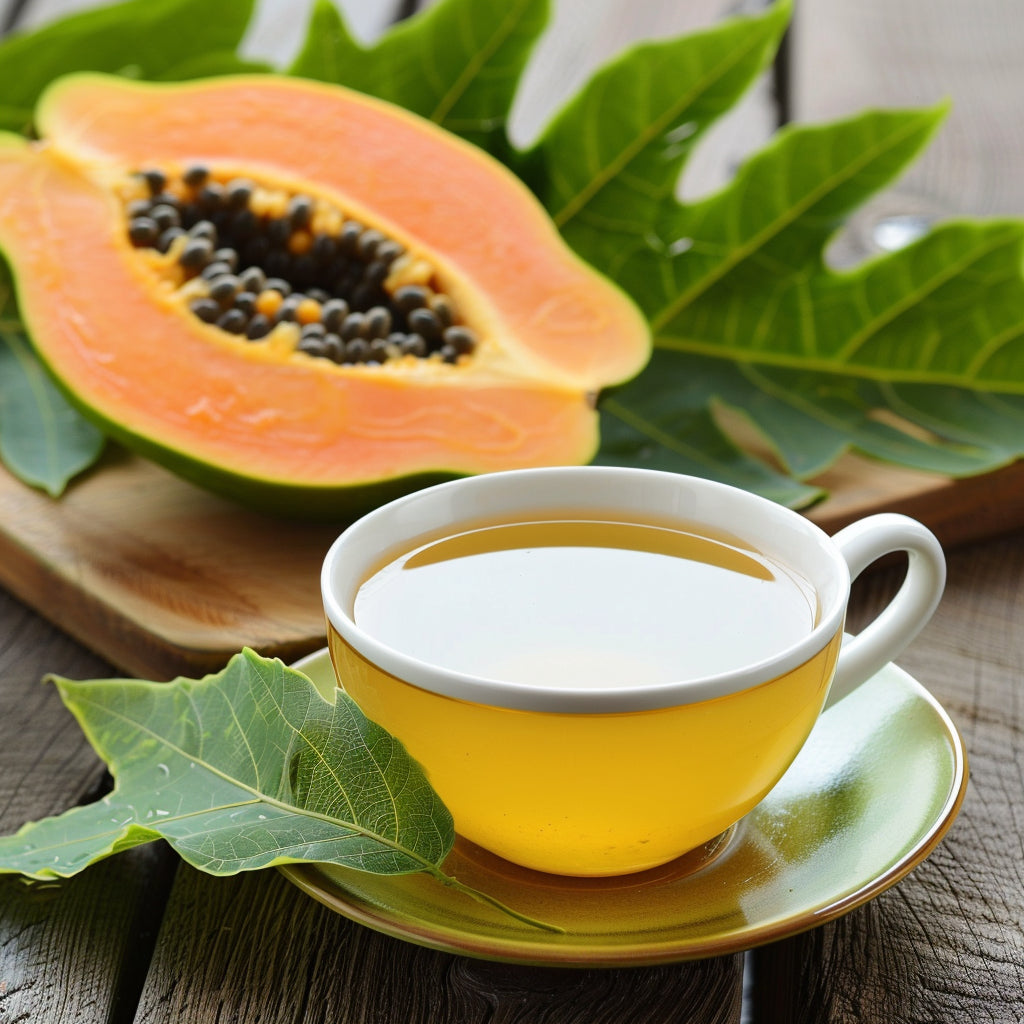Your Cart is Empty
Highly recommend this company this product is great as well ..
Arrived quicker than I thought will be buying from these guys again
I like this tea, I no longer take flu meds. As long as I feel am catching a flu, cold, allergy,, I take it 3 times a day. And It boosts my immune system.
After finishing 1 pack of the 14-day detox tea, my tummy was visibly smaller and i feel lighter. Thank you for giving the world such a highly effective weight-loss product!
Better sleep in forever - helps me settle quickly after waking up thank you
Excellent product!! Love the quality. The taste is very earthy and enjoyable.






